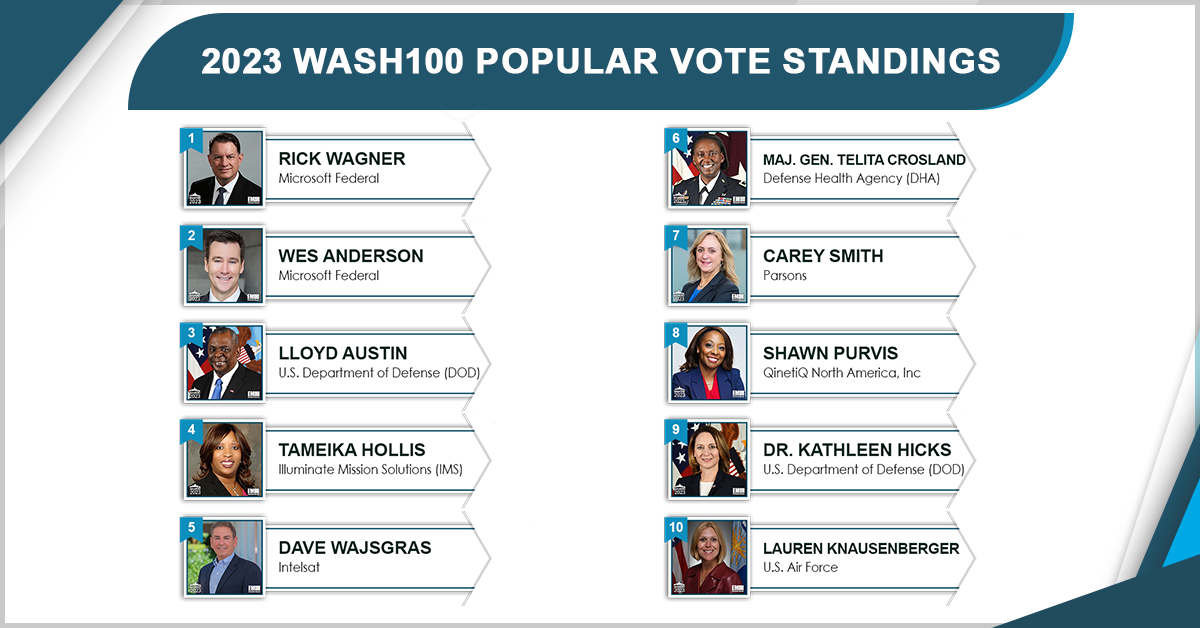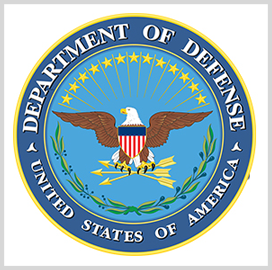The Naval Postgraduate School and Qualcomm Technologies have agreed to explore military applications of 5G, artificial intelligence and other emerging technology under a cooperative research and development agreement.
NPS said Monday the partnership will set up an innovation laboratory at the school campus in Monterey, California, as part of the limited-purpose CRADA.
San Diego-based Qualcomm will offer students and faculty members of the U.S. Navy-run graduate school access to the company’s Robotics RB5 and RB6 development kits, Cloud AI 100 inference and Snapdragon 8 mobile processor for use in experiments.
Both parties seek to identify the strengths and limitations of the products, as well as to determine how the U.S. Navy and Marine Corps can use these platforms.
Aaron Weis, chief information officer of the Department of the Navy, said the agreement marks a step in DON’s efforts to create an innovation culture and drive its competitive advantage.
“The CRADA will identify promising emerging commercial technologies so we can rapidly adopt them for full-scale implementation,” added Weis, a 2023 Wash100 awardee.



















